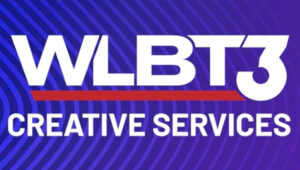
A new report finds 30% of U.S. adults say they regularly get news from the Meta-owned site. YouTube comes in a close second with 26%, according to the analysis published by Pew Research Center on Wednesday.

News outlets got some bad news in a Pew Research study that found a decreasing appetite for closely following events of the day. Pew said the decline was across the board for demographic groups by education, gender, race, ethnicity and political party affiliation, though some declines were bigger than others. According to the just-released results from a 2022 survey of more than 12,000-plus adults, only 38% said they follow the news all or most of the time, down from 51% in 2016.

Four in five Black adults say they see racist or racially insensitive depictions of their race in the news either often or sometimes, according to the Pew Research Center.
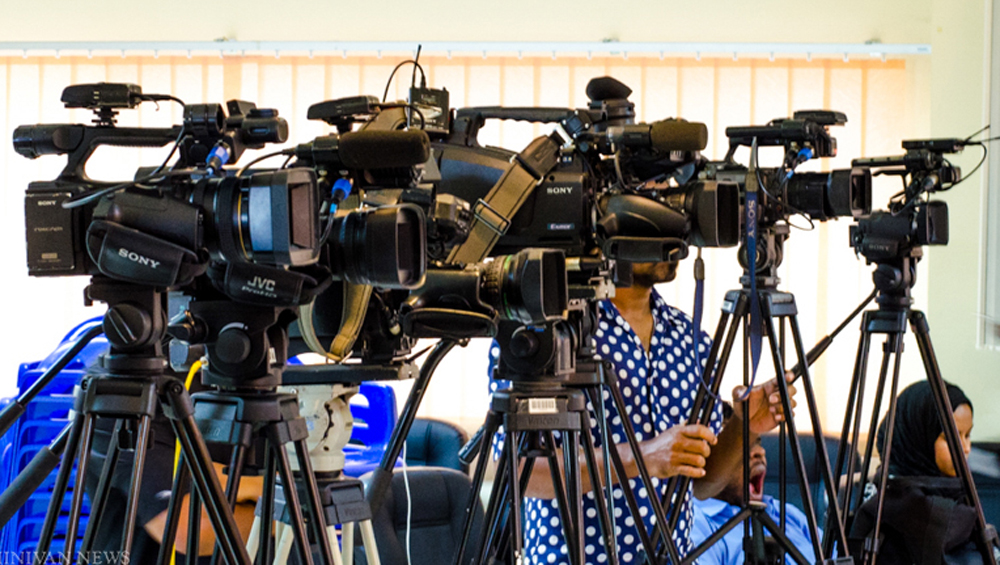
In a survey of nearly 12,000 journalists conducted by the Pew Research Center, more than three-quarters of the journalists (77%) said that if they had the chance to do it all again, they would pursue a career in the news business.
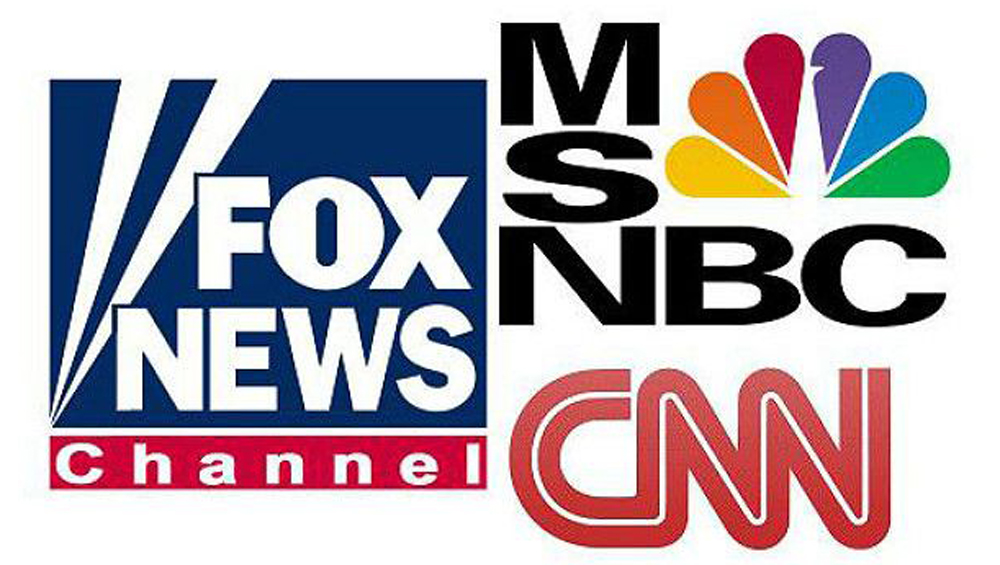
Despite the pandemic, 2020 was a good year for cable news channels on a number of fronts, according to a Pew Research Center analysis released Tuesday (July 13), with Fox News leading the way. Pew, which issues an annual review of key audience and economic indicators from a variety of sectors and sources, pointed out that the prime time viewership for the three biggest news channels — CNN, Fox and MSNBC — were all up.
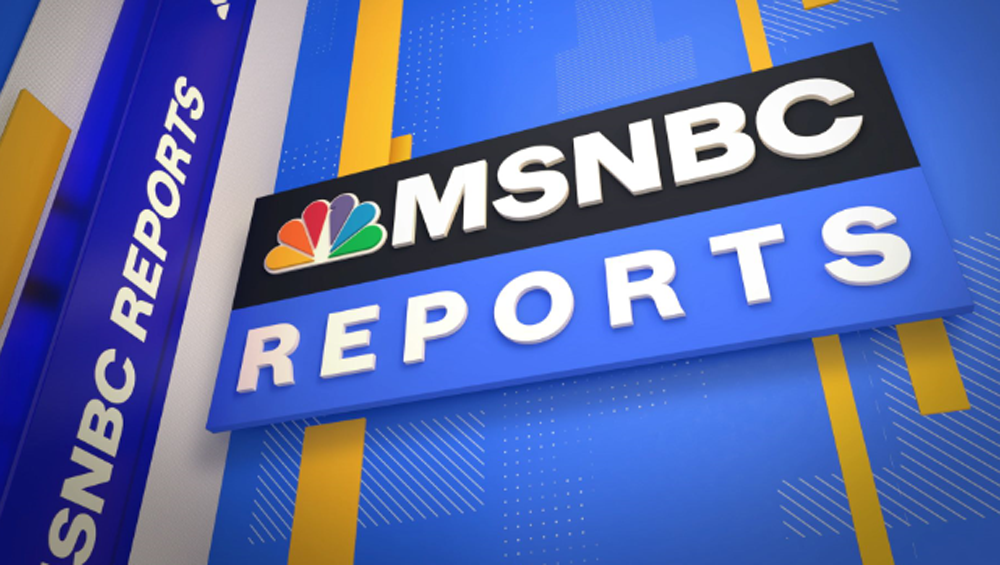
Fox News Channel may have the biggest average audience, as well as gross revenues of the cable news networks, but when it comes to a key Madison Avenue metric — CPMs — MSNBC is the most valued. A MediaPost analysis of data released Tuesday by the Pew Research Center analyzing the 2020 audience size and economics of the major cable news networks, reveals that MSNBC generates an average of $423 per primetime household reached annually, which is about 10% more valuable than the second most valued cable news network, Fox News’ $386 per primetime household reached.

Circulation revenue, from people buying digital or print subscriptions, reached $11.1 billion in 2020, according to a Pew Research Center report. The newspaper industry reported $8.8 billion in ad revenue last year.
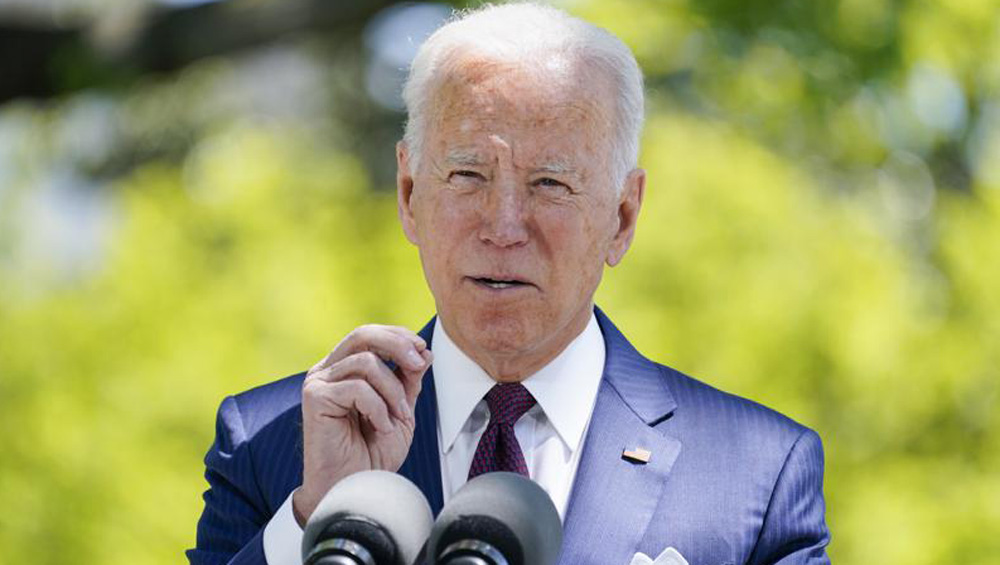
Nearly two-thirds of Biden stories during his first two months in office were on his policy agenda and ideology, and 35% about his character and leadership style, the Pew Research Center found. For Donald Trump, three-quarters of the early stories were about his character and leadership, Pew said.

The digital news industry in the United States is facing a complex future. On one hand, a steadily growing portion of Americans are getting news through the internet, many U.S. adults get news on social media, and employment at digital-native outlets has increased. On the other, digital news has not been immune to issues affecting the broader media environment, including layoffs, made-up news and public distrust.
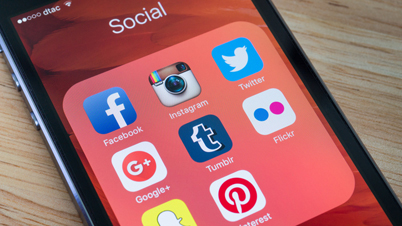
One-in-five U.S. adults say they often get news via social media, slightly higher than the share who often do so from print newspapers (16%) for the first time since Pew Research Center began asking these questions. In 2017, the portion who got news via social media was about equal to the portion who got news from print newspapers.
The web is closing in on television as a news source for U.S. adults, but the Pew Research Center points to signs that local TV news still has a healthy standing and engenders more trust among viewers.
 Americans are relying less on television for their news. Just 50% of U.S. adults now get news regularly from television, down from 57% a year prior in early 2016. But that audience drain varies across the three TV sectors: local, network and cable. Local TV has experienced the greatest decline but still garners the largest audience of the three
Americans are relying less on television for their news. Just 50% of U.S. adults now get news regularly from television, down from 57% a year prior in early 2016. But that audience drain varies across the three TV sectors: local, network and cable. Local TV has experienced the greatest decline but still garners the largest audience of the three
Local TV news has shed audience over the past decade, including this past year in most timeslots, according to a new study. Even with these viewership losses, local TV news still garners more viewers on average than on average than network and cable. However, for election news, viewers tend to turn to cable.
About as many Democrats and Democratic-leaning independents think the news media has a positive (44%) as negative (46%) impact on the way things are going in the country, according to new research from Pew Research. Republicans, by about eight-to-one (85% to 10%), say the news media has a negative effect.
The Pew Research Center poll found that 89 percent of Democrats judged media criticism worth it because it keeps political leaders from doing things they shouldn’t, while only 42 percent of Republicans felt that way. While supporters of a party out of power are generally more interested in seeing reporters dig for news than those in power, the gap hasn’t been nearly this wide since Pew began looking at the question in 1985.
A new study by Pew Research Center reveals that, overall, the civically engaged are indeed more likely than the less engaged to use and value local news.
 A new report from the Pew Research Center depicts a news-consuming public that’s increasingly using smartphones to access its information with two-thirds of Facebook users turning to news there — a particularly chilling number given the social platform’s algorithm shift last week devaluing news in its feed. Among numerous other takeaways, the study finds 75% of Americans think news organizations are biased.
A new report from the Pew Research Center depicts a news-consuming public that’s increasingly using smartphones to access its information with two-thirds of Facebook users turning to news there — a particularly chilling number given the social platform’s algorithm shift last week devaluing news in its feed. Among numerous other takeaways, the study finds 75% of Americans think news organizations are biased.
 The gradual decline in local television viewership resumed in 2015, after a brief break the previous two years. Local TV newscasts saw their viewership drop not only in all three key timeslots, but also during some nontraditional timeslots, an area of growth in past years. Stations generated less revenue in 2015 than the year before, but the decline was around what might be expected in a non-election year. The question of local TV’s future in a digital era has not gone away, as the industry remains strategically focused on its traditional viewing platform, where its core audience is largely still found.
The gradual decline in local television viewership resumed in 2015, after a brief break the previous two years. Local TV newscasts saw their viewership drop not only in all three key timeslots, but also during some nontraditional timeslots, an area of growth in past years. Stations generated less revenue in 2015 than the year before, but the decline was around what might be expected in a non-election year. The question of local TV’s future in a digital era has not gone away, as the industry remains strategically focused on its traditional viewing platform, where its core audience is largely still found.
When it comes to where younger Americans get news about politics and government, social media look to be the local TV of the millennial generation. About 6-in-10 online millennials (61%) report getting political news on Facebook in a given week, a much larger percentage than turn to any other news source, according to a new Pew Research Center analysis. This stands in stark contrast to Internet-using baby boomers, for whom local TV tops the list of sources for political news at nearly the same reach (60%).
According to Pew Research Center’s annual State of the News Media survey, local TV continues to capture broadcast viewers, with slight increases for evening (3%) and morning (2%) newscasts and larger ones for early morning and midday in 2014. Network television news saw a second straight year of audience growth (5% in evening and 2% in morning), for a combined average evening viewership of roughly 24 million.
Whether in a tech-savvy metropolis or a city where the town square is still the communication hub, local news matters deeply to the lives of residents. Across three disparate metro areas in the U.S., nearly nine-in-10 residents follow local news closely — and about half do so very closely, according to a new, in-depth Pew Research Center study. About two-thirds of the residents in each city discuss local news in person a few times a week or more.
Journos: Govt. Has Their Electronic Data
About two-thirds of investigative journalists surveyed (64%) believe that the U.S. government has probably collected data about their phone calls, emails or online communications, and eight-in-10 believe that being a journalist increases the likelihood that their data will be collected.
M&A, Content Sharing Shapes Local TV News
 Local television in the U.S. saw massive change in 2013, change that remained under the radar of most Americans. Big owners of local TV stations got substantially bigger, thanks to a wave of station purchases. While the TV business profited, the impact on consumers is less clear and seems to vary from one market to the next. Still, the rapidly spreading practice of separately owned stations being operated jointly drew criticism from consumer groups and new scrutiny from federal regulators.
Local television in the U.S. saw massive change in 2013, change that remained under the radar of most Americans. Big owners of local TV stations got substantially bigger, thanks to a wave of station purchases. While the TV business profited, the impact on consumers is less clear and seems to vary from one market to the next. Still, the rapidly spreading practice of separately owned stations being operated jointly drew criticism from consumer groups and new scrutiny from federal regulators.
The method that someone uses to get to a news website is a major indicator of their behavior once they arrive there, according to a new study from the Pew Research Center.
Study: Press Is Good Watchdog, Bad Reporter
 The public gives the press high marks for its role as a watchdog, but that’s about where the good report card ends. When it comes to accuracy, fairness and independence, the public’s opinion of news organizations remains at an all-time low, according to the Pew Research Center’s biennial media attitudes survey.
The public gives the press high marks for its role as a watchdog, but that’s about where the good report card ends. When it comes to accuracy, fairness and independence, the public’s opinion of news organizations remains at an all-time low, according to the Pew Research Center’s biennial media attitudes survey.
Public’s Respect For Journalists Declines
 The Pew Research Center’s latest survey of public appreciation of 10 different occupations shows journalists dropped 10% from four years ago, the largest decrease of any of the occupations surveyed. The share of the public saying that journalists contribute a lot to society is down 10 percentage points, from 38% in 2009 to 28% in 2013. The drop is particularly pronounced among women (down 17 points). About as many U.S. adults now say journalists contribute “not very much” or “nothing at all” to society (27%) as say they contribute a lot (28%).
The Pew Research Center’s latest survey of public appreciation of 10 different occupations shows journalists dropped 10% from four years ago, the largest decrease of any of the occupations surveyed. The share of the public saying that journalists contribute a lot to society is down 10 percentage points, from 38% in 2009 to 28% in 2013. The drop is particularly pronounced among women (down 17 points). About as many U.S. adults now say journalists contribute “not very much” or “nothing at all” to society (27%) as say they contribute a lot (28%).
NEW YORK (AP) — Around the time the U.S. Supreme Court was considering the same-sex marriage issue, news reports had more comments from supporters than opponents, a study released Monday […]
A Pew Research Center survey found that young adults (18-29) are more likely to use social media than any other age group. Facebook was the preferred social site among those surveyed, followed by Twitter.
In the growing realm of mobile news, men and the more highly educated emerge as more engaged news consumers, according to a new study. These findings parallel, for the most part, demographic patterns of general news consumption. One area where younger users distinguish themselves involves advertising in the tablet news space: 18-to 29-year-old tablet news users touch or click on ads when getting news to a far greater degree than older generations
Whether people live in a big city or down on the farm, their most-used source for local news is TV, according to a new report from the Pew Research Center. But there are differences in how many platforms people use to find news, and how much they use each one, depending on their urban, rural, or inbetween lifestyle.
Local News Ties To Nets May Hurt Credibility
 We’ve seen examples where stations have completely disconnected their marketing from their network’s because research revealed the connection to be poison to their local news credibility. Stations should be careful not to have their credibility dragged down by the national media.
We’ve seen examples where stations have completely disconnected their marketing from their network’s because research revealed the connection to be poison to their local news credibility. Stations should be careful not to have their credibility dragged down by the national media.
A Pew Research Center study found that news Web sites are not making effective use of technology that tailors advertising to users’ online behavior.
Economy Is Year’s Most-Covered Story
The economy was the year’s top story, followed by the Middle East uprisings, the presidential campaign and the Japan quake and tsunami, according to the Project for Excellence in Journalism.
News organizations are using Twitter primarily to disseminate their own material, according to a new study from the Pew Research Center’s Project for Excellence in Journalism.


